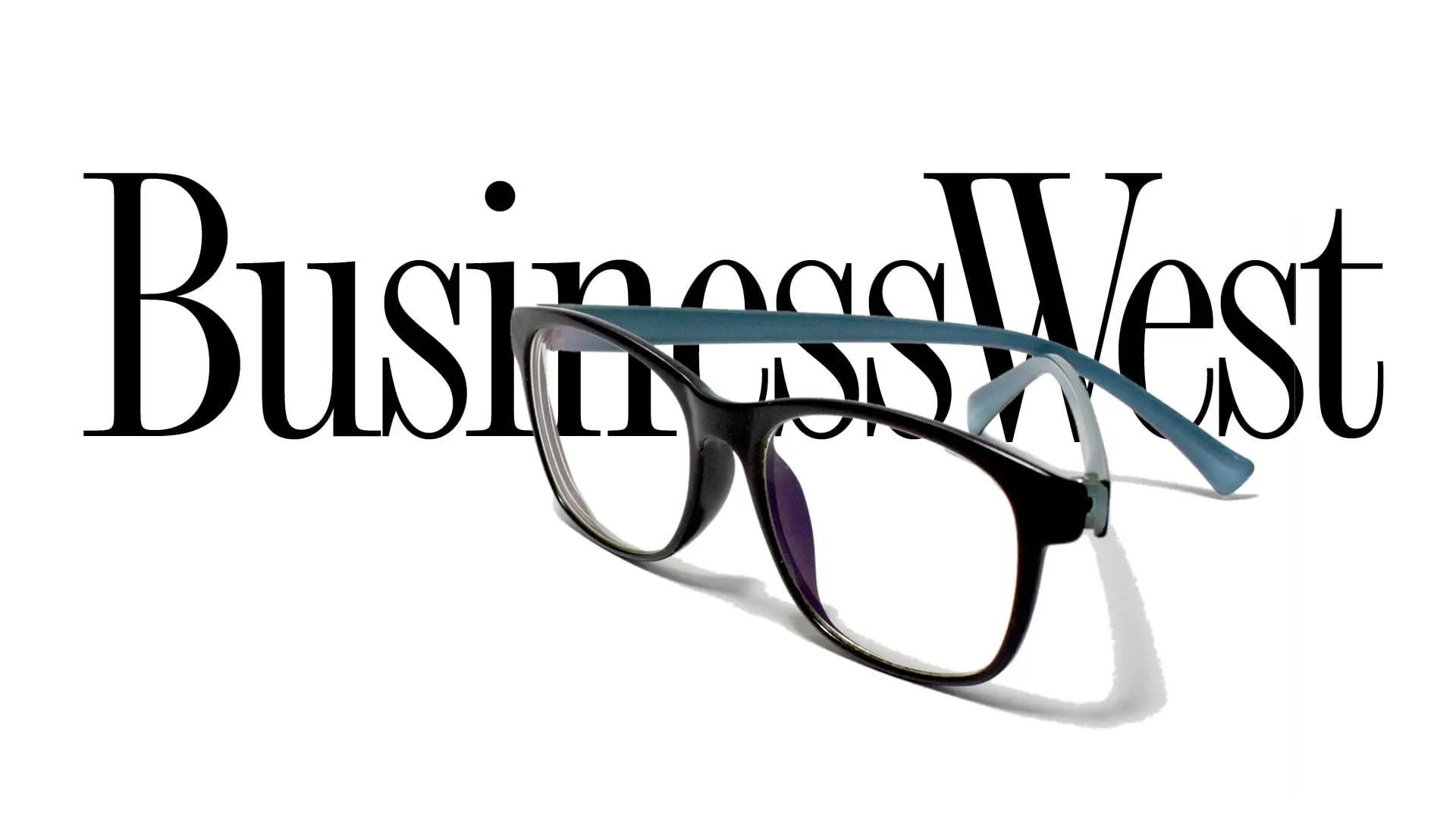
Springfield’s Next Challenge
Editorial
 As you read this, the countdown clock at MGM Springfield is inside 50 days.
As you read this, the countdown clock at MGM Springfield is inside 50 days.
Which means that, in essence, the nearly $1 billion project that has dominated the local landscape, literally and figuratively, for the better part of seven years, is essentially done. Just as Union Station is done and the massive I-91 reconstruction project is done.
And soon, there will be a number of other initiatives in the proverbial ‘done’ pile, including Stearns Square, the innovation center, Riverfront Park, an extensive renovation of the Basketball Hall of Fame, and others, with the acknowledgement that ‘soon’ is a relative term.
That’s a lot of things to get done, and the city should be proud of all that has been accomplished and how the landscape has been dramatically altered for the better — much better.
The question of ‘what now?’ has been tossed around for a while now, and while such talk might be a little premature — after all, it will take some time for MGM Springfield, Union Station, and other initiatives to really be done and have those facilities fully assimilated — but in most ways, it isn’t.
There are certainly things the city has to do to as part of that assimilation process and as part of building off the momentum that’s been generated. That list includes everything from creation of new market-rate housing in the downtown to a remaking of Tower Square into something much more vibrant and relevant, to some aggressive marketing of the city and its comeback story.
And in some ways, work on all those initiatives is already underway.
But Springfield has another big and important challenge facing it, and that is to revitalize many of its proud neighborhoods — to take the progress beyond downtown, if you will.
This is, in many ways, more difficult than any of the projects undertaken thus far, and that’s with the acknowledgement that it took 40 years or more to revitalize Union Station and for the largest development project in the city’s history (MGM) to revitalize the South End.
That’s because rejuvenating neighborhoods like Old Hill, Mason Square, the North End, and the South End are difficult undertakings, especially in these changing times and continued rough going for most old manufacturing centers, like Springfield.
There has been some progress made, though the efforts of local, state, and national initiatives and the of work nonprofit agencies ranging from DevelopSpringfield to Wayfinders, from Revitalize CDC to ROCA. But many of Springfield’s neighborhoods still rank among the poorest in the state, and progress has come very, very slowly.
This isn’t exactly a news flash, but Springfield’s neighborhoods are truly the city’s next big challenge. If this community is to make a real comeback, the good news has to extend beyond Main and State streets.
For the comeback to spread to those neighborhoods, there must be opportunites — or more opportunities, as the case may be — for employment, home ownership, and new-business development. As we said, there has already been some progress made on these fronts, but more extensive efforts are required in order to keep these neighborhoods from being left behind.
A few paragraphs ago, we referred to Springfield’s proud neighborhoods. You almost always see that adjective used in that context, and for a reason. Residents of these areas are proud of their neighborhood, although in many cases, they’re proud of what they once were, not what they are now.
Creating far greater use of the present tense when it comes to these neighborhoods and ‘good times’ is clearly the next big challenge for Springfield.




